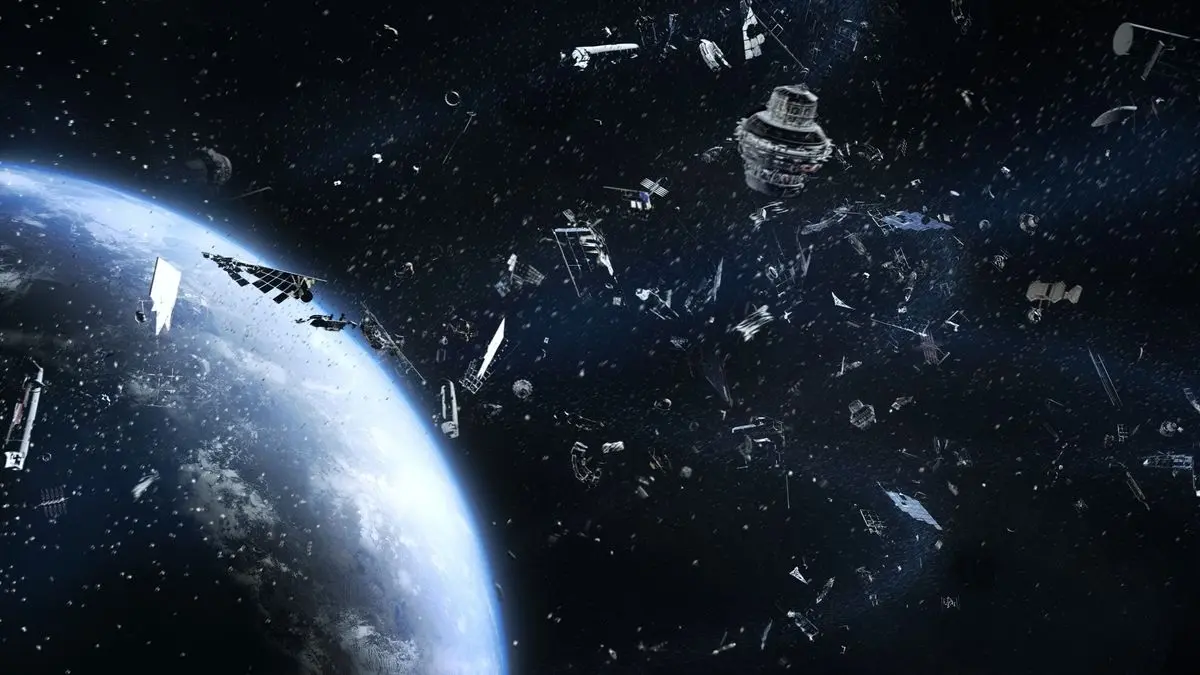“Overall, the report is full of bad news that is good news.”
At least, that’s one of the findings from the 2024 Space Environment Report published by the European Space Agency (ESA) on July 23. The report offers an accounting of satellites and debris accumulating in Earth’s orbit. ESA’s latest report, which has been published annually since 2017, is like a census for space activities and shows how bad the problem is becoming. According to its data, there are more than 35,000 objects being tracked by surveillance networks, with approximately 26,000 being pieces of debris larger than 4 inches in size.
The report suggests that despite an improved effort to mitigate this massive amount of space debris, the junk has continued to pile up. So much so, in fact, that we are creating “an unsustainable environment in the long-term,” the report says.
Just this week, SpaceX revealed the 6,200 satellites in its Starlink megaconstellation have had to make almost 50,000 collision-avoidance manuevers over the past year, dodging junk and debris in low-Earth orbit. The company also had an on-Earth near-miss in May, after debris from one of its Crew Dragon spacecraft landed throughout the mountains of North Carolina, including on private residences.


Plenty of current and future Earth observation satellites are at risk as well.
Also gps
Well, those are in higher orbits where there’s a lot more space. LEO is the biggest problem because it’s got the majority of all satellites and debris and it’s relatively small. GEO
is also pretty crowded, but almost all the satellites there are flying in neat synchronization, because, well, Geostationary orbits.Edit: